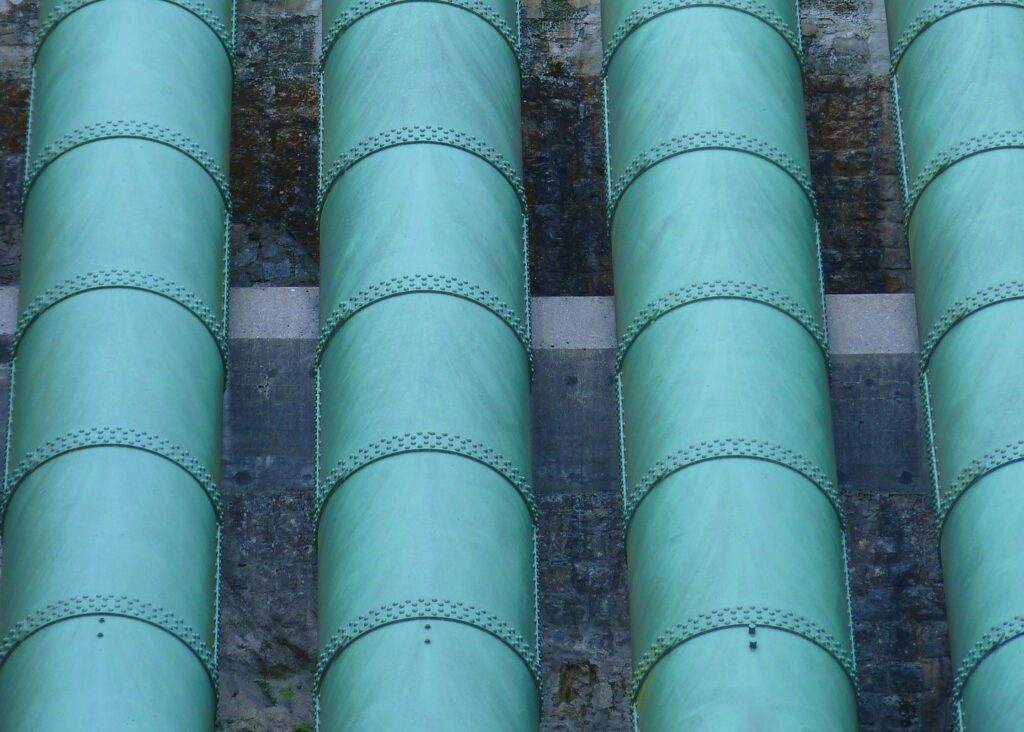Italy, Germany, and Austria are poised to accelerate the development of a multi-billion euro southern pipeline to supply hydrogen to central Europe.
Under the administration of Giorgia Meloni, Italy has outlined ambitious plans to become an energy hub, capitalizing on its strategic geographical location. Last year, Italy, Germany, and Austria signed a joint letter to explore the feasibility of a hydrogen-ready pipeline between North Africa and Europe. The proposed pipeline aims to facilitate the transport of green hydrogen from the southern Mediterranean to European markets.
The European Union has set ambitious targets to produce and import renewable hydrogen as part of its efforts to decarbonize industries and transportation. With a goal to produce 10 million metric tons of renewable hydrogen by 2030, the EU is seeking alternatives to fossil fuels to mitigate greenhouse gas emissions.
Led by companies like Italy’s Snam, the SouthH2 Corridor pipeline project seeks to establish a transportation route for green hydrogen from the southern Mediterranean to European consumers. While the timeline for the pipeline’s construction remains uncertain, Italy’s proposal to sign a letter of intent with Germany and Austria underscores its commitment to advancing the hydrogen agenda.





